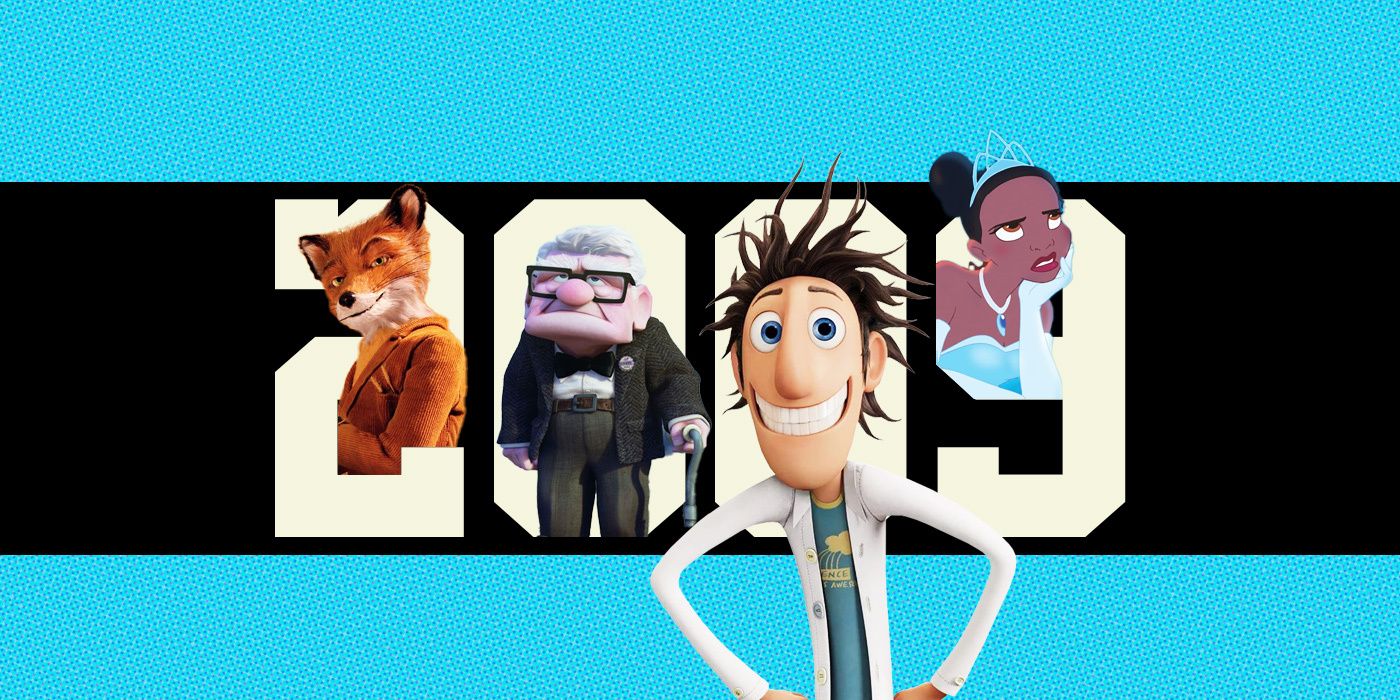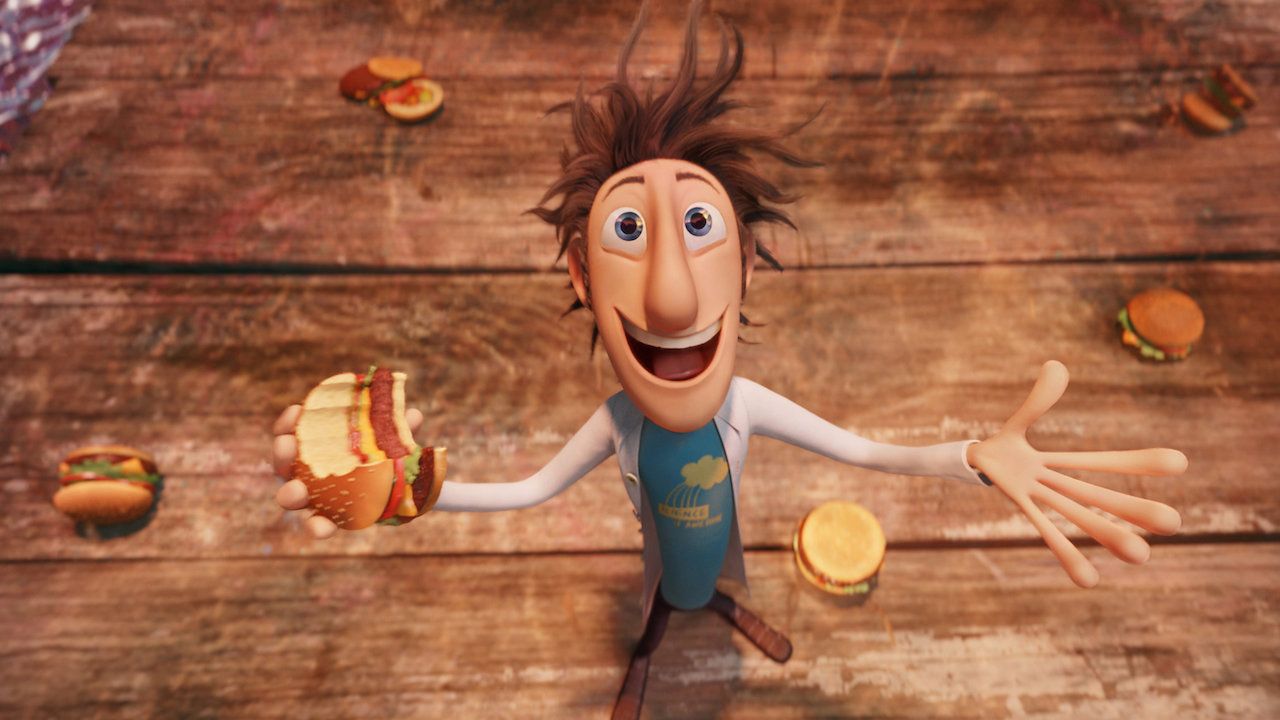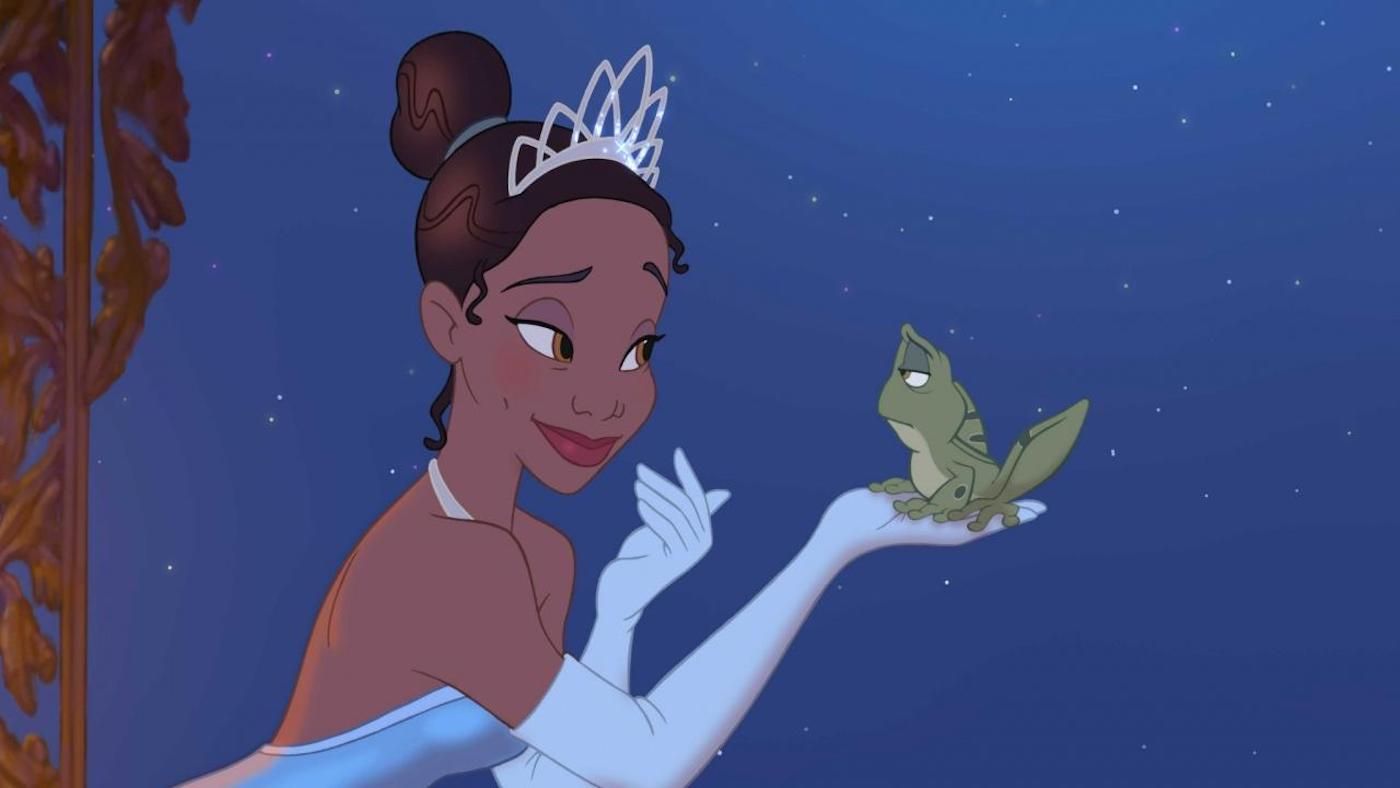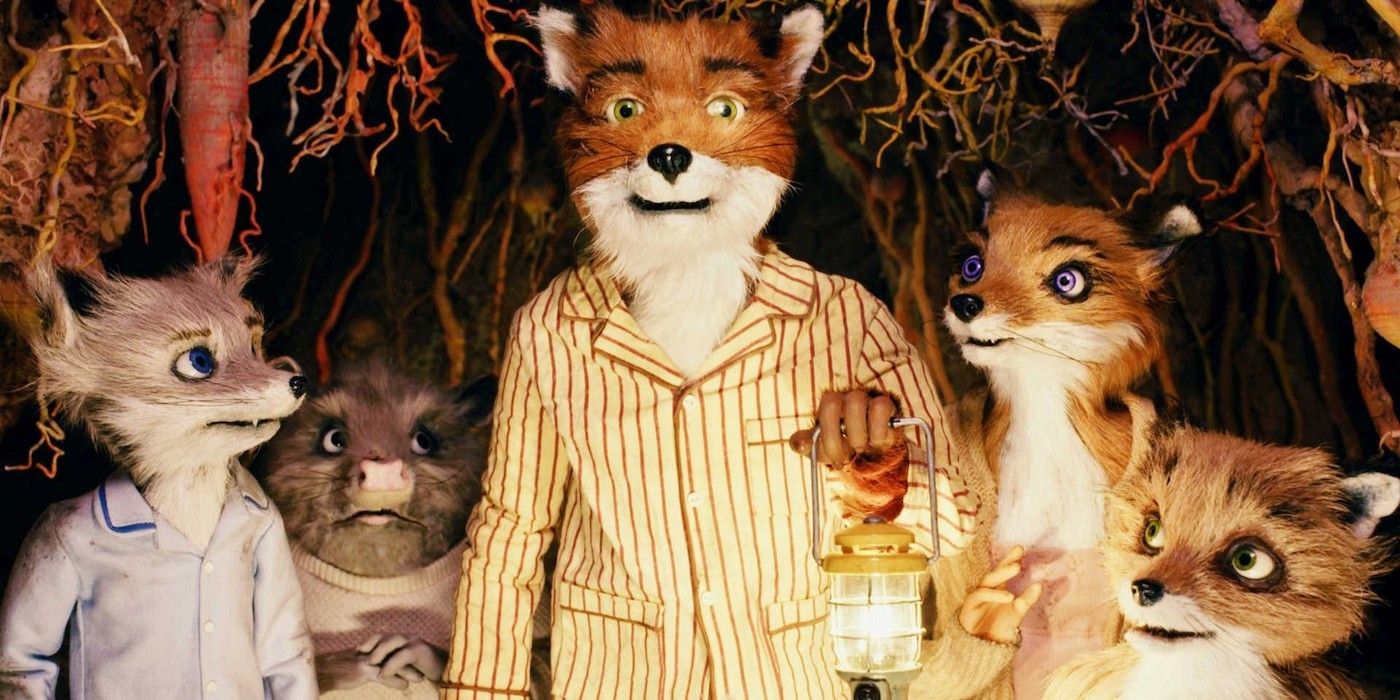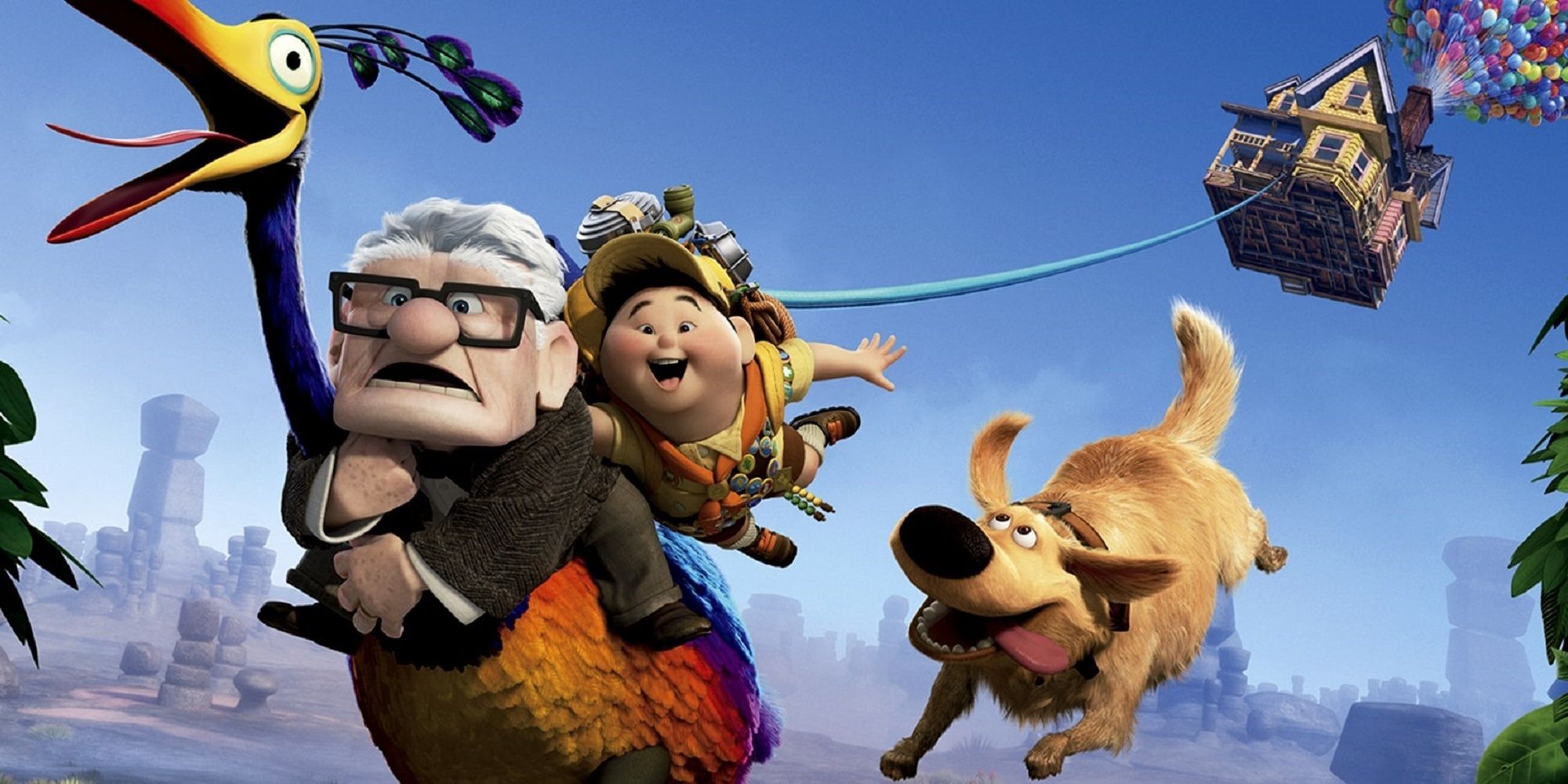Along with commemorating 94 years of the ceremony, this year’s upcoming Academy Awards celebrates the 20th anniversary of the Best Animated Feature category. Introduced in 2002, the Animated Feature Oscar represented a long-overdue vindication for the medium and its artists, both domestic and abroad, as a valid cinematic art form in the eyes of the Academy and Hollywood at large. Annually awarding an animated film on such a global stage not only granted the medium a proper venue to recognize the achievements of the industry and its filmmakers, the animated Oscar race itself set a precedent for studios and their artists to create more award-worthy films. No other year in the category’s early history better manifested the award’s impact than 2009.
In a word, 2009 was a bold year for animation. After the preceding years’ ceremonies kept their number and variety of nominees to a minimum, the category’s ninth running in 2010 illustrated the sheer scope and scale for feature length animation. Even outside the five films that received the nomination, 2009’s animated efforts had an air of experimentation and wanting to push the medium further than what had come before, both in content, style and tone. It was no longer solely a big studio game of just family-friendly fare of traditional or CGI animation. Between independent and international titles, as well as the usual blockbuster hits, animation had found a wider audience and appeal across generations throughout the year compared to years past.
Before James Cameron’s Avatar catapulted the digital 3D fad-cycle across practically every major blockbuster, 2009’s animated line-up popularized the newly revitalized theater-going gimmick in spectacular fashion. Between RealD 3D and other systems like it, animation was able to be a more visual spectacle than it already was. Just to name a few, Sony’s Cloudy with a Chance of Meatballs, DreamWorks Animations' Monsters vs. Aliens and Disney’s motion-capture A Christmas Carol each utilized the spatial depth of the digital 3D revival to achieve a level of audience immersion seldom before seen in wide general releases. Characters and locations made believable by the art of animation were now given an entirely new dimension of illusion to play in.
Because of this, studio animated features began to experiment with how far animation can transport its audience as an atmospheric storytelling tool. Along with the eye-popping phenomena of creatures and flying food leaping off the screen given a more tangible quality, the atmospheric effects and sweeping camera movements acted as windows into their environments more than animation on its own in years past was able to accomplish. The resurgence of 3D in 2009 encouraged animated films to create a visual exploration and spectacle that would define the medium’s following decade, even surmounting to retrofitted 3D conversions for classics like The Lion King and Toy Story.
Despite the digital frontier of 3D and the advancements in CGI animation, old school animation styles such as traditional hand-drawn animation and stop-motion were also able to return to the spotlight in full form to wide acclaim. The explosive rise of CGI animation at the dawn of the new millennium put doubt in the future of classic animation techniques involving pencil on paper or wire-armature puppets, but the return of the Disney fairy tale and the debut features of studios Laika and Cartoon Saloon put the classical back into the modern forefront in revolutionary, yet nostalgic ways. Disney's The Princess and the Frog heralded a new era for the aged studio through a masterfully classic command of the medium with a refreshingly nostalgic spin on Disney magic. Tomm Moore's directorial debut The Secret of Kells also displayed exemplary pencil-sketched draftsmanship on the level of the mouse-house masters, but done so with a graphically stylized sense of geometry and expressionism that gives it a Gaelic identity all its own.
Stop-motion animation saw two of its greatest landmarks in the triumphant return of Henry Selick and the animation debut of indie favorite Wes Anderson. Coraline introduced audiences to not only an alternate world beyond the crawlspace, but also to the detailed and revolutionary fluidity of the tactical film form, rendering the film's character performances and landscapes with heightened stylistic reality that would prevail in Laika's later films. Fantastic Mr. Fox utilized the handcrafted nature of stop-motion to enable Anderson to depict Roald Dahl's world with the same playful quirkiness and symmetry that has persisted throughout his past films, marking another successful directorial transition from live-action to animation.
These films, as well as the Tim Burton produced 9, also brought more nuanced and distinct animated visions to the screen that varied from what is expected to be a "cartoon genre". While neither aimed exclusively at adults nor kids, 2009’s animated films spoke to a further reach of aged audiences through stories and characters that weren’t hindered by the medium’s “kids’ movie” stigma. Coraline’s intense atmospheric dread, 9’s grunge fantasy violence and the snappily idiosyncratic dialogue of Fantastic Mr. Fox each made for new animated experiences with a savvier viewership in mind. On the anime scene, studio MadHouse back-to-back garnered further international prestige with Redline and Mamoru Hosoda's Summer Wars, which each would go on to become adult cult classics for their manically warped approached to satirical science fantasy.
The film that best solidified the totality of the 2009’s animation revolution is the film that not only won the Best Animated Feature Oscar, but also a nomination for Best Picture of the year. Directed by now chief creative officer Pete Docter, Pixar’s Up serves as a testament to the emboldened spirit of animation’s best year in recent history. Brimmed to the teeth with dazzlingly immersive 3D, beautifully geometrical design philosophy and a mature sentimentality far beyond the years of Pixar’s typical audience, Up’s thematic sophistication and technological progression amassed the studio its highest accolades and an internal standard of quality. Furthermore from Pixar, it was the first film since Beauty and the Beast to prove animation’s worth as a legitimate filmmaking art form.
2009’s roster of animated films set new heights for how much experimental, appealing and revolutionary animation can come out within even just a year.

